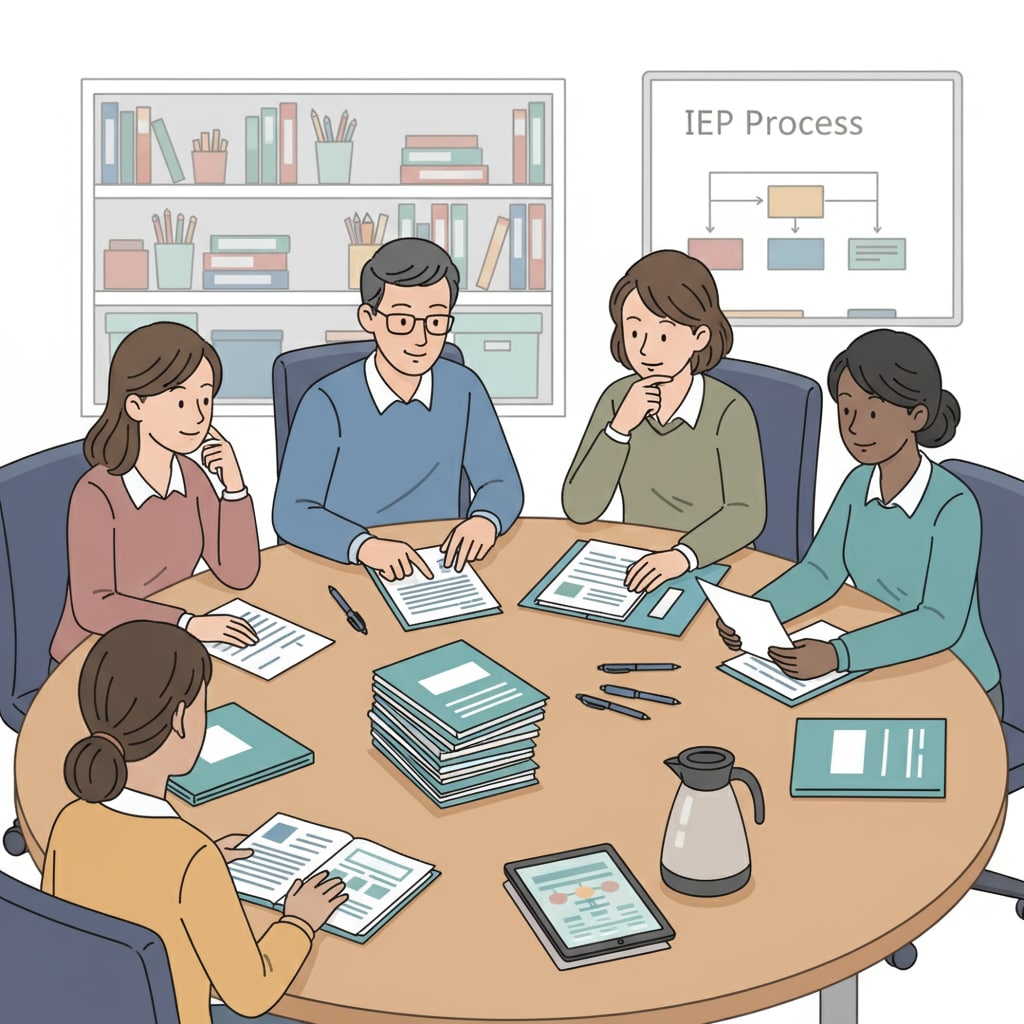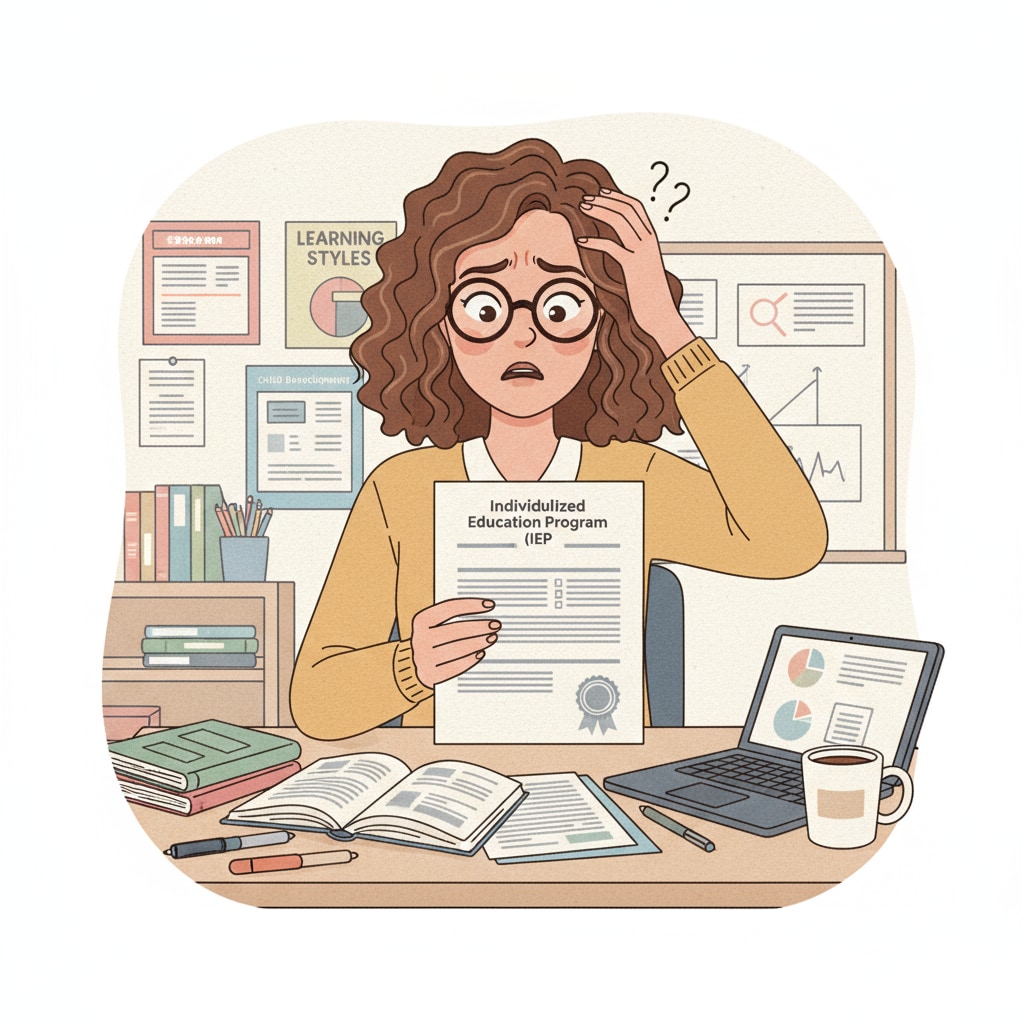Special education, IEP, reading comprehension difficulties are issues that many special educators grapple with. The Individualized Education Program (IEP) is a crucial tool in special education, designed to meet the unique needs of students with disabilities. However, understanding these complex documents can be a daunting task for educators.

The Complexity of IEP Documents
IEP documents are filled with a wealth of information. They detail a student’s present levels of academic achievement, goals, accommodations, and services. For example, they might include specific strategies for a student with dyslexia to improve reading skills. The language used is often technical and full of educational jargon. According to Understood.org, this complexity can make it hard for educators to fully grasp the implications and requirements of the plan. As a result, it becomes challenging to effectively implement the IEP for the student’s benefit.
Reasons for Comprehension Difficulties
One reason for the comprehension difficulties is the lack of standardized terminology. Different regions and schools may use different terms to describe the same concepts. In addition, the sheer volume of information in an IEP can be overwhelming. Educators often have multiple responsibilities and may not have enough time to thoroughly review each document. Moreover, the legal and regulatory aspects of IEPs add another layer of complexity. As stated by The National Center for Learning Disabilities, educators need to be well-versed in these aspects to ensure compliance while also understanding the educational implications.

Another factor is the individualized nature of IEPs. Each plan is tailored to a specific student, which means there is no one-size-fits-all approach. This uniqueness can make it difficult for educators to draw on past experiences or general guidelines when trying to understand a new IEP.
Strategies to Overcome Comprehension Difficulties
One effective strategy is professional development. Schools should provide training sessions on IEP interpretation. These sessions can clarify jargon, explain legal requirements, and offer practical examples. For instance, role-playing exercises can help educators better understand how to implement different parts of an IEP. In addition, creating a support network among educators can be beneficial. By sharing experiences and insights, they can learn from each other and gain a deeper understanding of IEPs.
Furthermore, educators can break down the IEP document into smaller sections and analyze each part separately. This step-by-step approach can make the information more manageable. They can also use visual aids, such as flowcharts or mind maps, to organize the information and better understand the relationships between different elements of the IEP.
Readability guidance: As we’ve seen, the challenges of special education, IEP, and reading comprehension difficulties are significant. By understanding the complexity of IEP documents, the reasons for comprehension problems, and implementing effective strategies, educators can better serve students with special needs. Through professional development, support networks, and systematic analysis, they can unlock the potential of IEPs and provide the best educational experience for these students.


